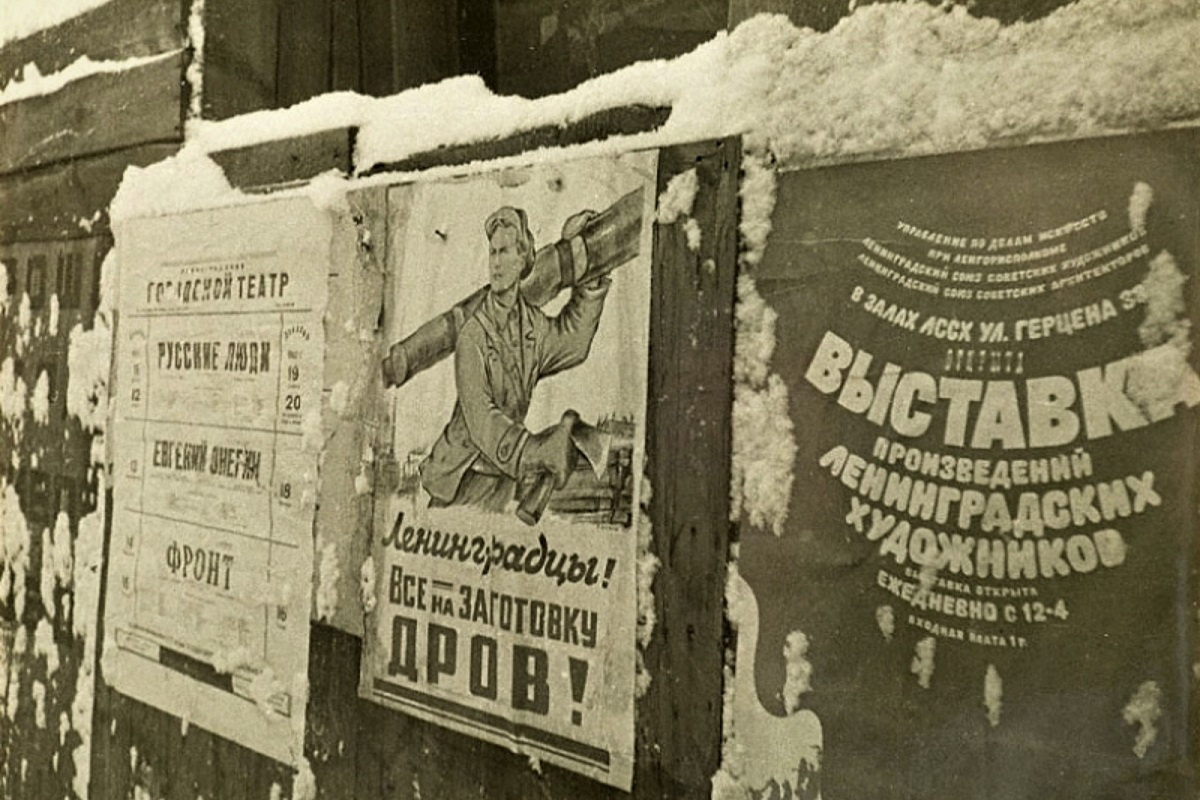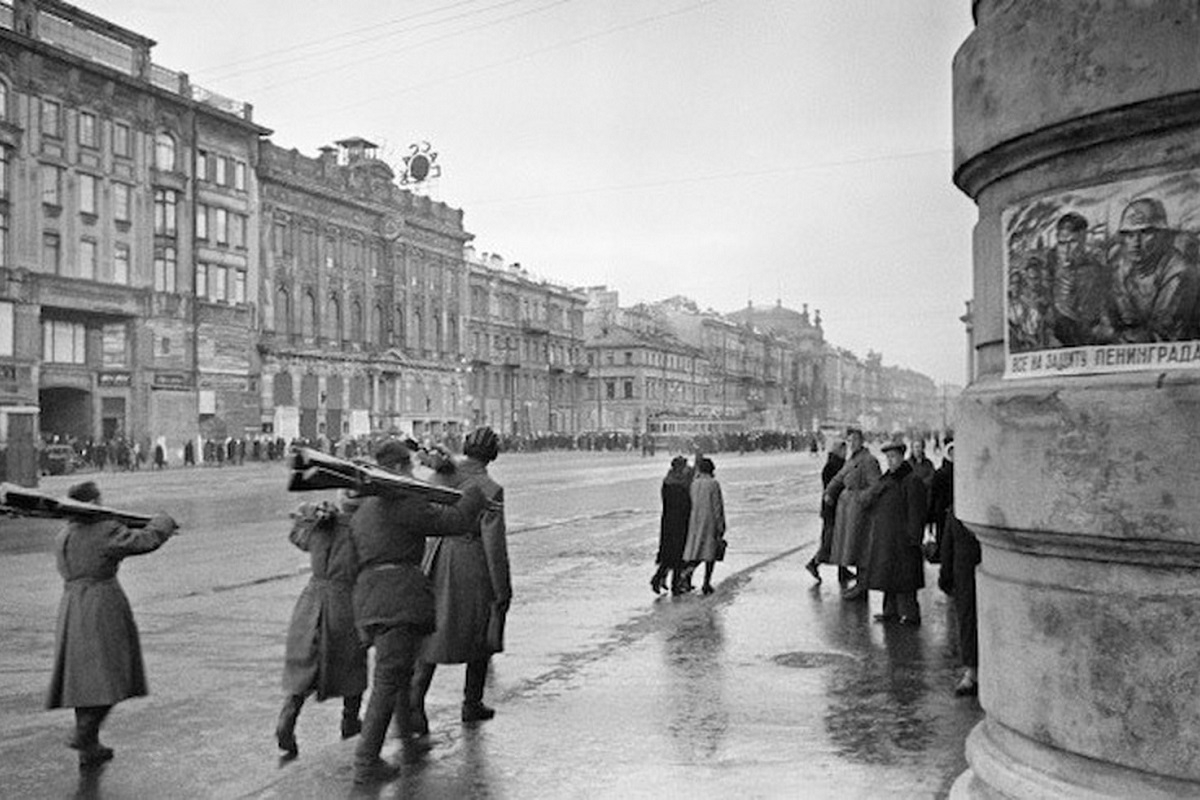Dismantling of wooden buildings in besieged Leningrad explained by St Petersburg University researchers
Historians from St Petersburg University analysed archival documents on housing policy during the siege of Leningrad (1941-1944) and identified wooden buildings in the blockaded city that were dismantled to protect residents from the cold.
Prior to the Great Patriotic War (World War II), Leningrad consumed over 1,700 railway carriages of coal, peat, and firewood daily to heat homes and power factories. Most of the fuel was not produced locally but transported by rail from other regions. By late summer 1941, however, German forces had severed the railway links connecting Leningrad to the rest of the country, plunging the city into a fuel crisis.
To address the shortage, in November 1941, the Leningrad City Council (Lengorsoviet) and the Bureaus of the Central Committee of the All-Union Communist Party (Bolsheviks) approved a plan requiring organisations to surrender existing firewood reserves for public use. Large-scale tree felling was also proposed, though systematic timber procurement had not yet begun.
By 1942, residents were permitted to dismantle wooden houses destroyed by bombing or fire, and the city council ordered the district authorities to demolish dozens of buildings.
These included the Stroitel stadium, facilities of voluntary associations along the Zhdanovka and Malaya Nevka rivers, timber drying sheds at the S.M. Khalturin woodworking factory, and others.
Olga Gavrilova, co-author of the study and Associate Professor at SPbU's Department of Modern Russian History
Gavrilova explains that the demolition of these buildings was projected to yield 60,500 cubic metres of timber, intended for distribution to industries and households. However, during the first siege winter, executing such a large-scale demolition campaign proved impossible due to a lack of healthy labour teams, transport, and tools.
Starting from spring 1942, Leningrad citizens began preparing for the upcoming winter. For example, workers at the Bolshevik Plant resumed producing axes needed for demolition. Labourers from major fuel-dependent enterprises — such as the Kirov Plant, Oktyabrskaya Railway, Lenenergo (Leningrad Energy), and Lenvodoprovod (Leningrad Water Supply) — were mobilised to dismantle buildings. Yet timbershortagespersisted.
To resolve this, authorities declared a month-long firewood procurement campaign from 1 September to 1 October 1942. Residents were tasked with dismantling wooden houses, sheds, and fences, while others were sent to harvest timber in suburban forests.
Each able-bodied citizen was required to gather at least four cubic metres of firewood per month, with two cubic metres permitted for personal use.
Olga Gavrilova, co-author of the study and Associate Professor at SPbU's Department of Modern Russian History
SPbU historians note that the timber collected during this campaign became a critical resource for Leningrad’s citizens and industries during the second siege winter. After the blockade was partially lifted on 18 January 1943 (Operation Iskra), the city gradually restored rail connections, enabling timber imports to resume and improving heating and electricity supplies for factories and homes.



